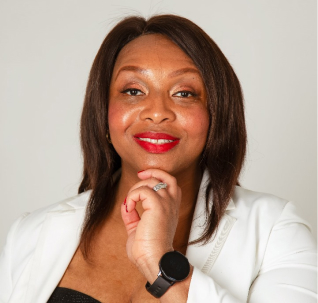Gender-based violence is first and foremost a human rights issue but it also presents social, community, and economic challenges to survivors, their families and society at large.
Media outlets working to increase awareness of the epidemic should factor in fees accumulated by survivors such as healthcare, legal, and even transportation costs in reporting cases of GBV. Journalists have the responsibility to tackle the financial ripple effects of this epidemic and examine the hidden costs of violence against women and girls.
The effects of GBV intersect with other crises including recent events with effects that are still ongoing such as the Covid-19 pandemic. With Covid-19, lockdown measures and job loss meant that women were more vulnerable to violence at home and were cut off from financial sources. Stories on GBV should factor in these costs.
In North Africa, few region-wide studies have examined the economic cost of GBV. One of these studies is the Egypt Economic Cost of Gender-Based Violence Survey- ECGBVS 2015 which is considered the country’s first national survey on the subject. The report found that the total cost was approximately $2.17 billion, but that was based only on cases classified as the “most severe”. The number may be higher when taking into account that GBV is narrowly defined in many Egyptian communities as incidents, especially of domestic violence, continue to be underreported.
Perhaps the most notable reported economic costs were healthcare services. It should be pointed out that many don’t seek these services out due to stigma and financial strains. But of the 40 per cent that reported being injured “only 13 per cent” sought out healthcare services. Even then, “the total cost of health services was estimated to be $19.2 million,” the report also found.
The legal fees are also often too much for many struggling women to handle—beginning from the initial police report filing and legal counsel to paying for psychological support.
The costs of GBV should be measured as what it so often is—a long process that can be dragged across months and even years. On a personal level, women bear the brunt of this when costs plunge them into a state of financial insecurity.
Journalists can also tackle more stories examining the state, public, and private costs of GBV. Though this may be limited due to lack of data, more in-depth reports need to look at the direct and indirect costs of GBV. These costs often include support services provided by government agencies and even women’s loss of productivity.
Business journalism can also report stories with a gendered perspective without compromising their message. Financial or business journalism is sometimes considered a “cold” or impersonal field because of its focus on market status and hard data. However, media practitioners are increasingly addressing these criticisms with guidelines for expressing compassion while still maintaining objectivity in financial coverage.
For instance, Renaissance Journalism provides a guide to journalists reporting on communities facing housing crises. Some of the pitfalls they note should be avoided are writing stereotypical characters and adopting a strictly “market narrative”. This approach can be also applied to different areas of journalism including reporting stories on GBV.
Before attempting to dive straight into numbers or quiz interviewees on their financial statuses, journalists should instead prioritise compassion when interviewing survivors. This is just as true even when the angle is related to financial rather than physical or psychological angles. With GBV cases, more than one area commonly overlaps. Establishing both consent and trust comes first. Some guidelines for the process can be found in global resources such as the handbook offered by the Journalism Initiative on Gender-based Violence (JIG).
Rather than taking a one-size fits all approach, journalists should also be aware of adapting to different settings such as those in ongoing humanitarian crises.
Finally, non-profits, shelters and similar support organisations often have their resources exhausted when caring for survivors. Limited funding is a struggle that these organisations commonly face when fighting GBV and protecting women. During Covid-19 many non-profits faced what is known as “donor fatigue” where individual and corporate donors alike started to donate less and ultimately changed their donation habits because of the pandemic.
Though focus should still be given to the need for increased laws, funding, and support, the media should address the many ways GBV is costing both women and society.
This article is part of the African Women in Media (AWiM) Graduate Trainee Programme in collaboration with Fojo Media Institute



